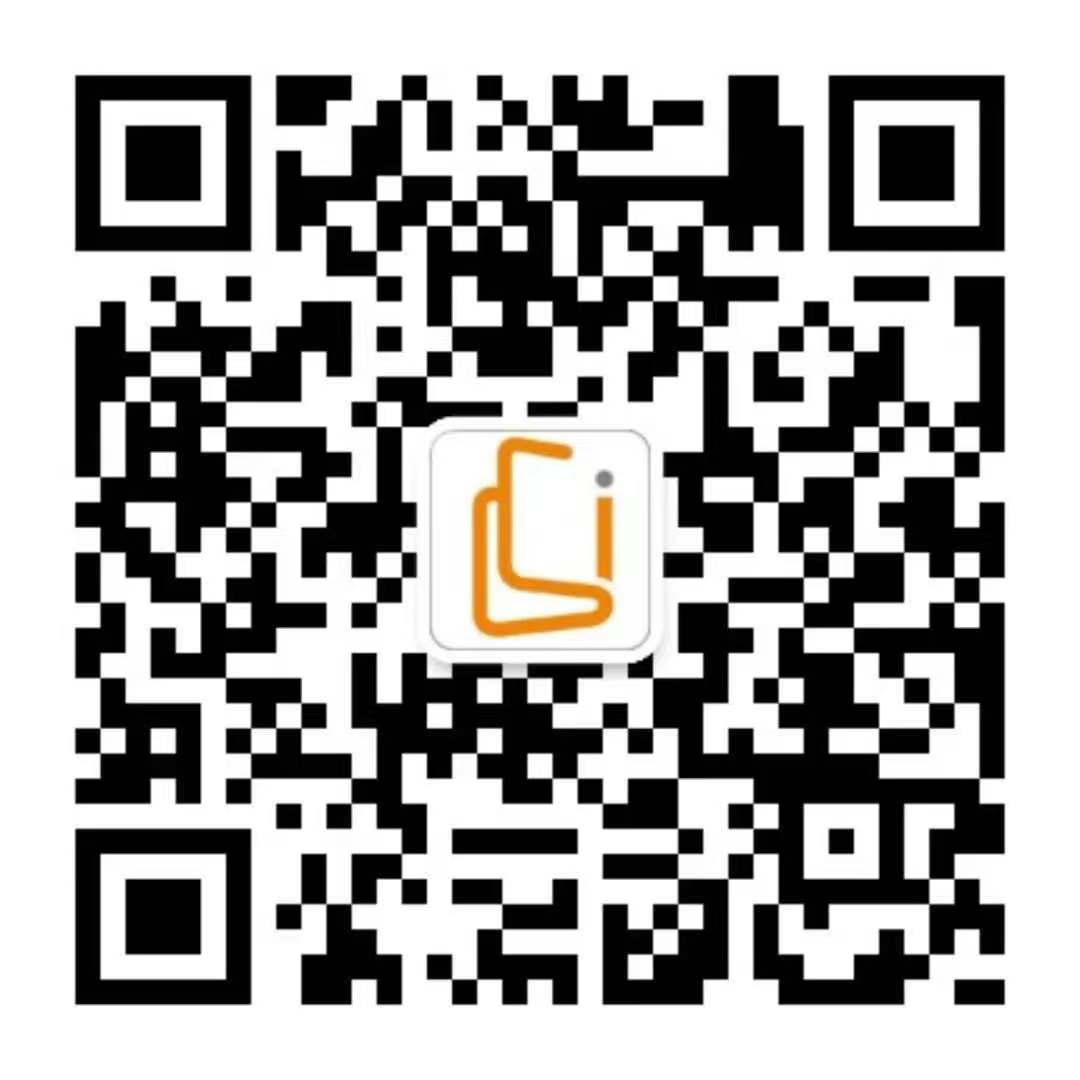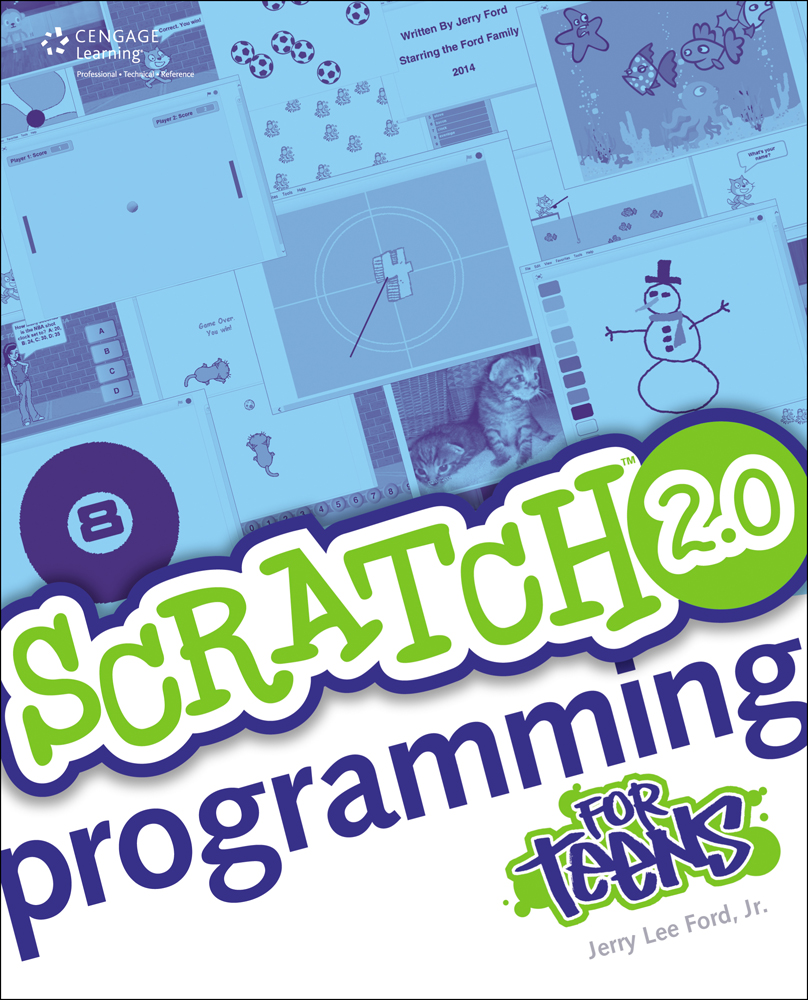CLCTP3
LanguageENG
PublishYear2002
publishCompany
Wiley
EISBN
9780471049753
PISBN
9780471404019
edition
1
- Product Details
- Contents
A report released by E-Offering, an online investment banking firm, states that the growth in the B2B marketplace is far outpacing business-to-consumer ecommerce (ComputerWorld, March 2000). The Gartner Group forecasts that the worldwide B2B ecommerce market will exceed $7 trillion by 2004. The technology behind the B2B revolution is XML. XML allows companies - such as a manufacturer and distributor - to dynamically exchange documents such as purchase orders, shipping schedules, invoices, and product descriptions. For example, customer information such as a separate shipping and billing address doesn't have to be re-entered each time an order is placed; product information such as new prices and ship dates can be posted across all documents in the system simultaneously (e.g., invoices and catalogs); customers can check on the status of an order without having to contact the manufacturer directly. In other words, by creating a standardized way to exchange information, XML can create a faster, more efficient pipeline for ecommerce. IT professionals and system administrators need to understand the emerging standards - such as RosettaNet and BizTalk - in order to identify and develop B2B enterprise solutions and strategies.
Collected by
- Columbia University Library
- Stanford University











